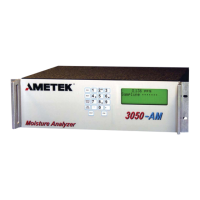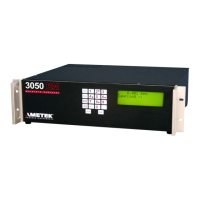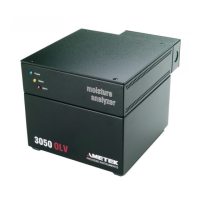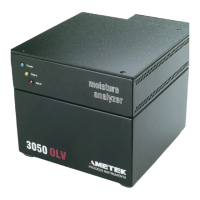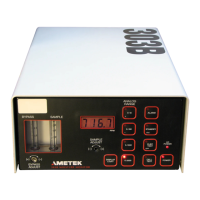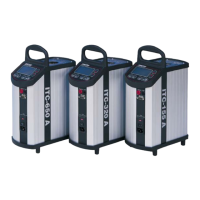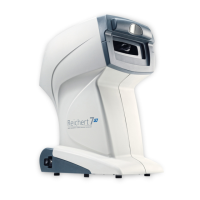Overview | 1-3
All analyzer functions are controlled by a microprocessor housed within the smart sensor.
Communication with the smart sensor is achieved through the following connections:
• One analog input, 4 to 20 mA
• One analog output, 4 to 20 mA, isolated. Can be either loop powered or
powered by the analyzer.
• Two alarm contacts, (dry relay contacts)
• One RS-232 serial port
• One RS-485 serial port.
The 3050 has no local user programming functions. It requires serial communication with
an external PC for coniguration. Once conigured, the analyzer is capable of stand alone
operation. The analyzer is factory conigured and packaged with conigurator software for
initial setup of operating parameters. User provided software may also be used with the
3050 serial ports.
Veriication
The 3050 has a built-in moisture generator for on board veriication. A portion of the dry
reference gas lows through the moisture generator where a known amount of moisture is
added. When cell veriication is initiated, the QCM sensor is alternately exposed to gas from
the moisture generator and dry reference gas. The moisture value is compared to a stored
value. The sensor can make an adjustment if the value is within a tolerance band. If the
value is outside the tolerance band, an alarm will activate.
Since the moisture generator uses a dried portion of sample gas, sensor veriication is
performed on a sample of the process gas. This yields the most realistic test of the sensors
performance under process conditions.
Gas Flow
Normal operation of the 3050 includes an internal bypass, which increases the response
speed of the system; however, the 3050 is capable of running in a gas saver mode which al-
lows the analyzer to run on a sample volume of 150 SCCM.
Internal Timing
The analyzer operates in two timing modes. The normal mode consists of short intervals of
sample and reference gas. The sensor saver mode reduces the exposure of the sensor to the
sample gas by increasing the time spent on the dry reference.
If the analyzer detects abnormal degradation of sensor performance over time in the nor-

